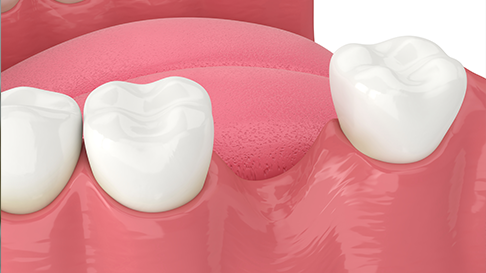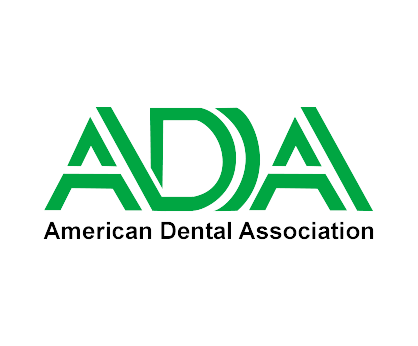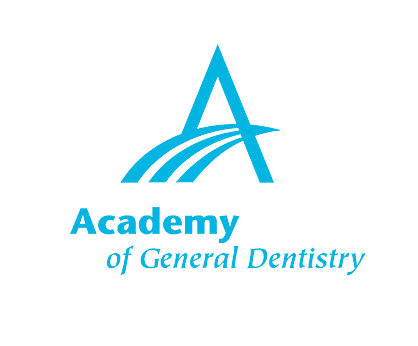Tooth extractions can feel like the final solution to a dental issue. Whether it’s a decayed molar, a cracked premolar, or a crowded wisdom tooth, the removal might bring a sense of relief. But while the immediate problem is resolved, what comes after can have a long-lasting effect on your oral health.
When a tooth is removed, your jawbone doesn't just sit there unchanged. Without a tooth to support, the bone slowly begins to shrink. That’s because teeth don’t just help you chew or smile. They also play an active role in keeping the jawbone strong and healthy. Once one is gone, the stimulation that bone needs to stay dense and firm disappears. What happens next is called bone resorption.
If you're considering or have recently had a tooth pulled, this blog will walk you through what bone loss is, how it unfolds, what signs to look out for, and how you can stop it from progressing. Because while bone loss is common after extractions, it’s not inevitable—and it's definitely not something to ignore.
What causes bone loss after a tooth is removed?
Bone loss after a tooth extraction is not random. It’s your body doing what it thinks is right. When a tooth is present, it puts gentle pressure on the surrounding bone every time you chew or bite. This pressure signals to your body that the bone is useful and needs to be maintained. Once the tooth is gone, that pressure disappears. Without stimulation, the body starts to reabsorb the bone minerals and repurpose them elsewhere.
This process is known as resorption, and it happens in nearly everyone after a tooth is extracted. It’s not caused by a mistake during extraction. It’s simply biology. The bone no longer has a reason to remain dense in that specific area, so it begins to deteriorate.
But bone loss isn’t only about the absence of a tooth. Other factors can accelerate or worsen it. These include:
- Infection: If the tooth was removed due to an abscess or advanced gum disease, the area may already have been inflamed or damaged before removal.
- Gum disease: Periodontitis weakens the bone around teeth. Once a tooth is removed, the area might be even more vulnerable to rapid shrinkage.
- Poor oral hygiene: A lack of cleanliness after extraction can lead to infection or delayed healing, which can negatively affect the surrounding bone.
- Smoking: Nicotine reduces blood flow, slowing healing and making it more likely for bone to shrink faster.
- Underlying health conditions: Diabetes, osteoporosis, or vitamin D deficiency can all impair the body’s ability to maintain bone density.
Another factor is the number of teeth removed. A single extraction may cause localized bone loss, but multiple extractions, especially in the same area, can lead to noticeable facial changes over time. The jaw begins to collapse inward, the cheeks may hollow out, and the lower third of the face can appear shorter or sunken.
Understanding that bone loss is a natural response helps you prepare. It also makes it clear why taking steps early, before or immediately after the extraction, is so important.
How long does it take for bone loss to occur after an extraction?
Bone loss doesn’t wait around. It starts quickly. Research shows that the most significant reduction in bone height and width happens within the first six months after a tooth is removed.
In fact, up to 25% of bone width can be lost in the first month alone, and the height of the bone can continue to decline steadily in the months that follow. By the end of one year, up to 50% of the bone at the site of the extraction may have been reabsorbed by the body.
This rapid change in the early stages is why your dentist may talk to you about bone grafts or implants shortly after an extraction. Waiting too long can make these procedures more complicated, or even impossible without additional interventions.
That said, the rate of bone loss varies depending on individual health, the location of the tooth, and whether it was a front or back tooth. The lower jaw tends to experience bone loss faster than the upper jaw, and molar areas are particularly prone to shrinking because of the amount of pressure they handle when chewing.
It’s also important to note that bone loss doesn’t just flatten the ridge where the tooth used to be, it can spread. The surrounding bone can begin to deteriorate, compromising the stability of neighboring teeth and the shape of your face. And this isn’t something that happens only in older adults. Young, healthy patients can experience bone loss just as rapidly.
For people with multiple extractions or existing dentures, long-term bone loss can become a significant issue. It leads to loose-fitting dentures, reduced chewing power, and even challenges with speaking clearly. The foundation that once supported teeth gets thinner and less able to support future dental work.
That’s why we emphasize early action. The sooner you take steps to preserve the bone or replace the missing tooth, the better your chances of maintaining long-term oral health and avoiding costly reconstructive work later.
What are the signs that bone loss is happening?
One of the most frustrating things about bone loss is that it often happens silently. You won’t feel the bone shrink. There’s no immediate pain, and most people don’t notice anything until the effects are more advanced. But there are signs, and if you know what to look for, you can catch it early.
Here are some of the most common indicators of bone loss after a tooth extraction:
- Shifting teeth: If your remaining teeth start to move out of place, tilt, or become crooked, this may be due to the shrinking of the jawbone that once stabilized them.
- Loose teeth: Teeth that used to feel secure may begin to wobble slightly, especially during brushing or chewing.
- Changes in bite: If your bite suddenly feels different, like your top and bottom teeth no longer align the way they used to, this could point to bone loss.
- Facial changes: A sunken or collapsed appearance in the cheeks or around the mouth is a sign that the underlying bone structure has receded.
- Ill-fitting dentures: If your dentures no longer fit properly, or you find yourself needing to use more adhesive than usual, bone loss could be the reason.
- Jaw discomfort or clicking: As the jawbone changes shape, it can affect the joints and muscles, leading to soreness or clicking sounds when chewing or speaking.
Your dentist can confirm bone loss through an X-ray or digital scan. These tools can reveal subtle changes in bone density or height that aren’t visible to the naked eye.
What’s important to remember is that bone loss doesn’t stop on its own. It’s a progressive issue. Once the bone starts to shrink, it will continue to do so over time unless something interrupts that process. That “something” can be a bone graft, an implant, or even guided tissue regeneration, depending on your unique situation.
Even if you’re not experiencing major symptoms yet, staying ahead of bone loss is one of the smartest steps you can take. Prevention is easier, cheaper, and less invasive than trying to reverse the damage later.
What can be done to prevent or minimize bone loss?
If you’re preparing for a tooth extraction or you’ve had one recently, there are several options that can protect your bone and preserve your smile.
- Socket preservation: This is a type of bone grafting done at the time of extraction. Once the tooth is removed, your dentist fills the socket with graft material and covers it with a protective membrane. This gives your body a framework to build on and helps prevent collapse in the area.
- Dental implants: These are the most effective long-term solution to replace missing teeth and prevent bone loss. Implants mimic the root of a tooth, providing the jaw with the stimulation it needs to remain strong. Once the implant integrates with the bone, it essentially stops further bone resorption in that area.
- Traditional bone grafts: If it’s already been a while since your tooth was pulled, and the bone has begun to shrink, you may still be able to restore it through bone grafting. The dentist adds bone material to the affected area, encouraging your body to generate new tissue.
- Timely intervention: The sooner you replace a missing tooth, the better. Waiting too long gives the bone time to shrink. If you’re unsure about your next step, scheduling a consultation within the first few weeks after extraction is ideal.
- Lifestyle adjustments: Stop smoking, eat a diet rich in calcium and vitamin D, and practice good oral hygiene. These small steps improve healing and support your body’s ability to preserve bone naturally.
Don’t wait until it’s too late
Bone loss after a tooth extraction isn’t something that only happens to other people. It’s common, and in many cases, it starts quietly. But that doesn’t mean it’s unavoidable. With the right information and support, you can take control of your oral health now and avoid serious complications later.
If you’ve recently had a tooth removed or are preparing for an extraction, talk to the team at Complete Health Dentistry about your options for preserving the bone and maintaining a healthy, confident smile.
We’ll walk you through the best approach for your situation, whether it’s socket preservation, a bone graft, or planning for an implant. Our goal is to keep your entire mouth healthy, functional, and looking its best.
Don’t wait for symptoms to show up. Book your appointment with Complete Health Dentistry today and take the next step toward protecting your smile for life.










